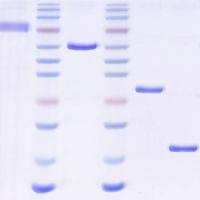Linkage and the Transmission Disequilibrium Test in Complex Traits: Celiac Disease as a Case Study
互联网
互联网
相关产品推荐

Mitochondrial complex Ⅴ试剂盒,用于样本中线粒体呼吸链复合体Ⅴ活性检测,Mitochondrial complex Ⅴ Activity Assay Kit
¥1798

Escherichia coli casE 重组蛋白表达
¥2000

OTULIN/OTULIN蛋白Recombinant Human Ubiquitin thioesterase otulin (OTULIN)重组蛋白Deubiquitinating enzyme otulin;OTU domain-containing deubiquitinase with linear linkage specificity;Ubiquitin thioesterase Gumby蛋白
¥1536

LRP1-mediated Endocytosis and Transmission of Tau Antibody Sampler Kit
¥500

TCR Valpha24-Jalpha18 (iNKT cell) Mouse mAb (FITC);已验证, Ex:498nm, Em:517nm, 5 μL/test;K14698-10T
¥500

